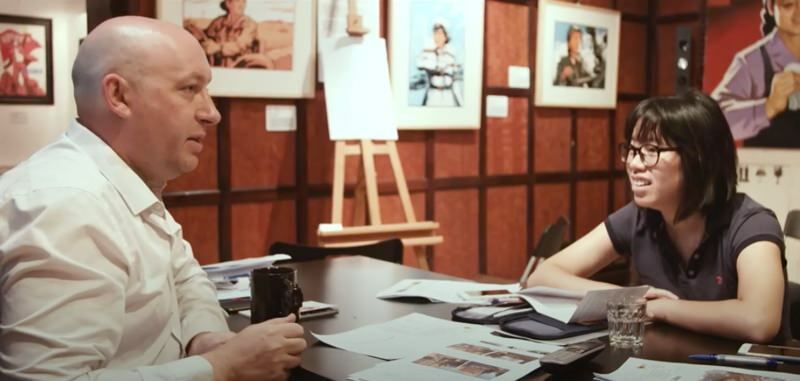Serbia
Serbia
Why should you choose Koryo Tours?
Choosing to travel to unusual destinations such as North Korea is a big decision, and choosing the right people to take you is an incredibly important part of that. Learn about how we facilitate tourism responsibly in some of the most interesting and unique destinations on our planet, and at the same time ensure you get the most out of your once-in-a-lifetime experience.
View the videoThe Gateway to the Balkans
Serbia may not yet be on your travel radar, but it deserves a place on your list.
Why? Explore a rich and often turbulent history, stunning natural landscapes, and the multicultural charm of Belgrade. A truly captivating destination. Serbian statehood dates back to the 8th century and has been shaped by nearly 400 years of Ottoman rule, followed by a prominent role in the region as the Kingdom of Serbia. As part of Yugoslavia, it embraced a unique form of socialism and played a key role in the Non-Alignment Movement.
Today, Serbia stands at a crossroads, navigating between aspirations for EU membership and a strong alliance with Russia.